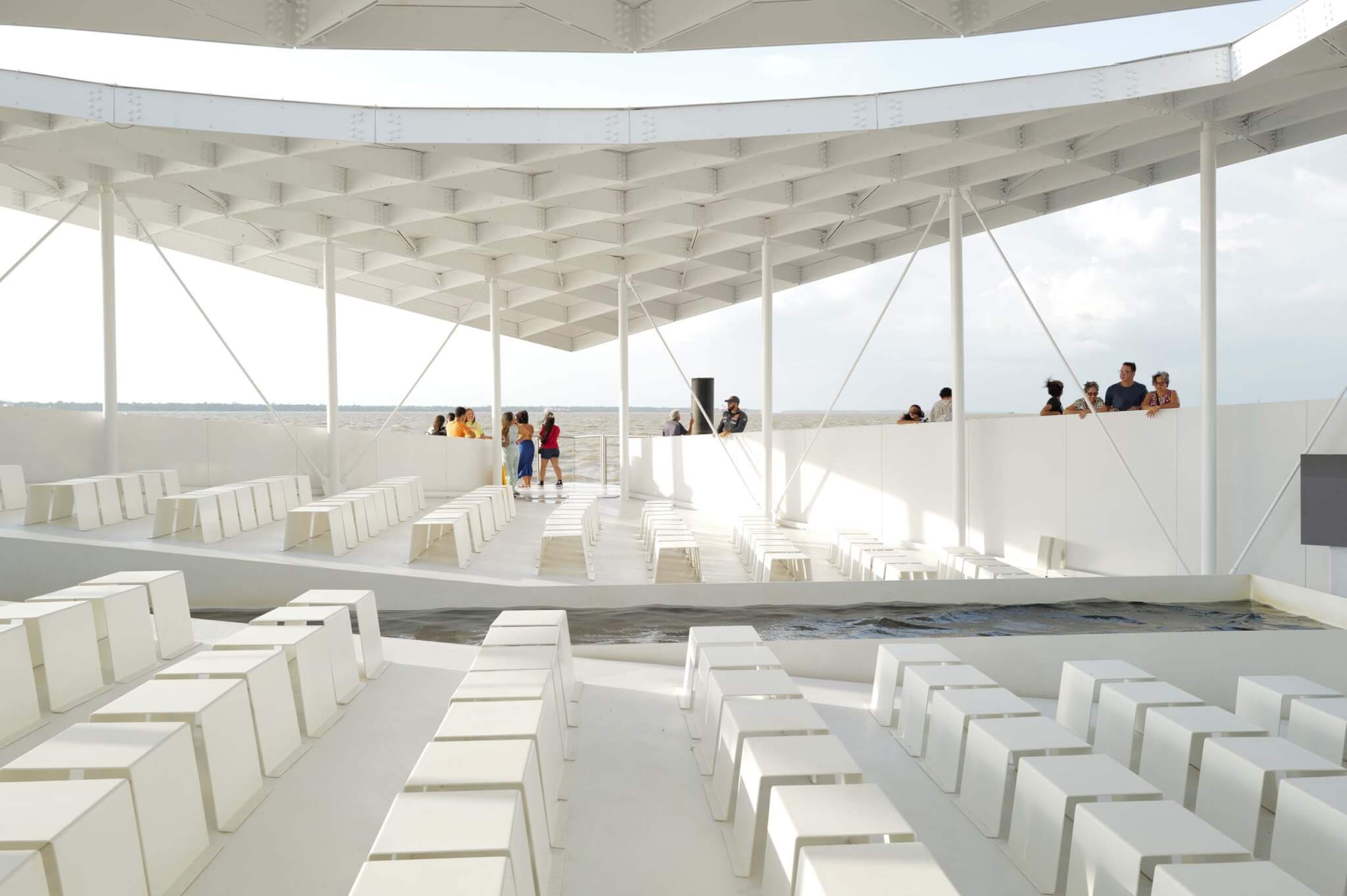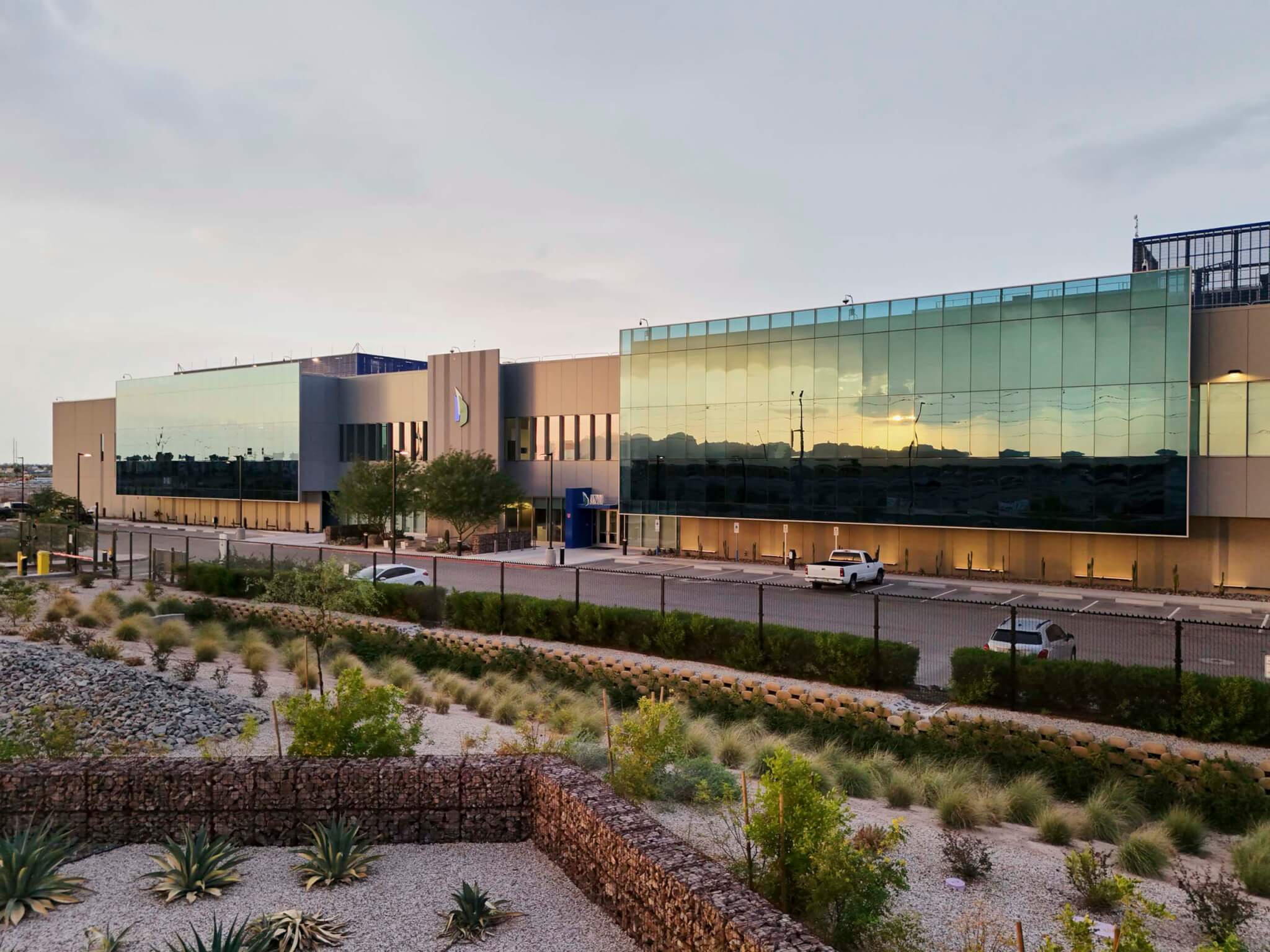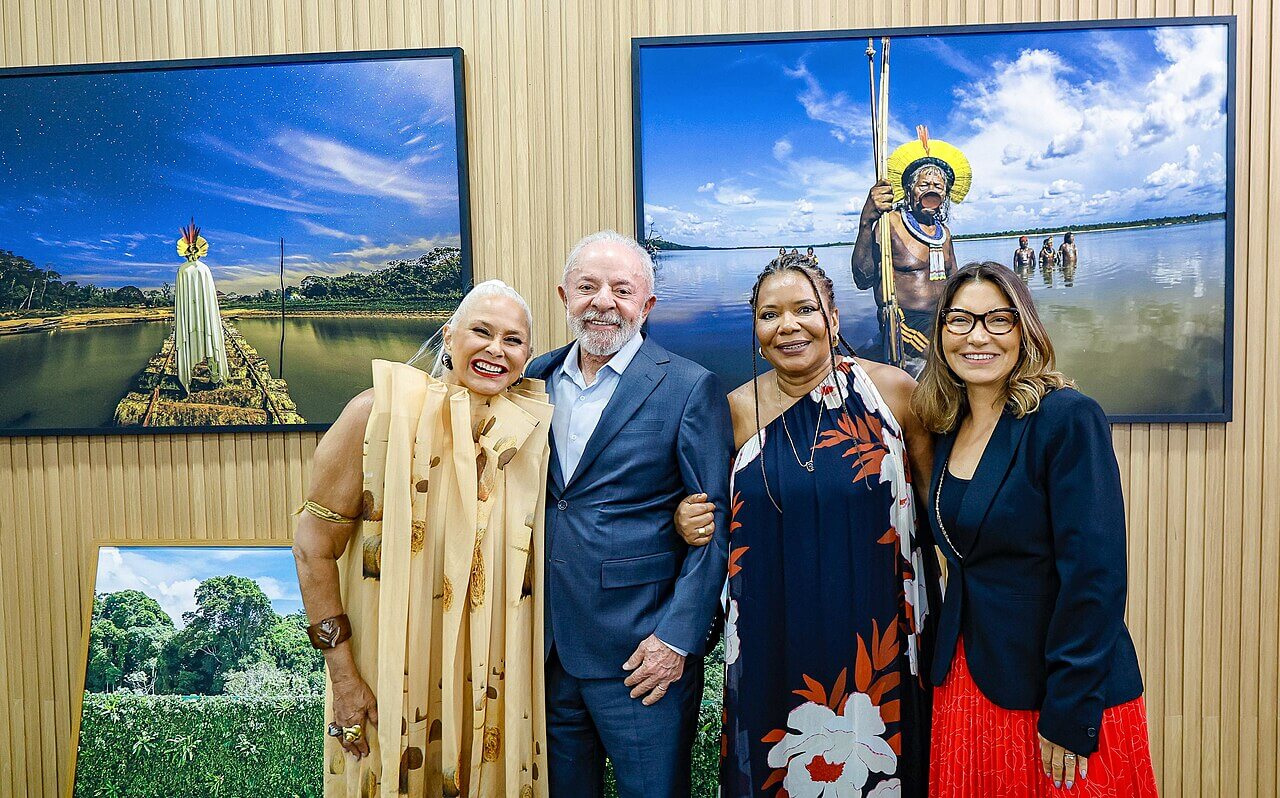COP30 wraps up today, November 21.
Since November 10, delegates from 193 countries, plus the European Union, have brushed shoulders at the United Nations (UN) annual climate conference to discuss how to curb global warming. The event was hosted in Belém, Brazil, “the gateway to the Amazon.”
Over 80 countries supported a roadmap at COP30 for eliminating fossil fuels, one of the most substantive outcomes in COP history that had Big Oil lobbyists flocking to the summit in droves. (There were over 1,600 fossil fuel lobbyists at COP30, 12 percent more than at COP29 in Baku, Azerbaijan.) Many delegates stayed on diesel-powered cruise ships, and roads were cut through forests to enhance access to Belém.
Munduruku Indigenous protesters blocked the entrance to the Hangar Convention and Fair Centre of the Amazon, COP30’s headquarters, and marched through the streets of Belém to demand “an end to projects and extractive activities that threaten Indigenous territories, particularly in the Tapajós and Xingu River basins.”
Ana Toni, COP30 executive director, said the peaceful protests were “legitimate” and affirmed the UN’s commitment to the Munduruku people, of Amazonas, Mato Grosso, and Pará.
“This COP, more than ever, has highlighted Indigenous knowledge, and the need to learn from Indigenous wisdom to tackle some of the wicked problems we face due to climate change,” said AIA 2026 President Illya Azaroff, who was in attendance at COP30.
Disputes over existential, worldwide challenges loomed large over COP30, beyond those in the Amazon. Here are some of the most notable takeaways from this year’s climate summit.
Carlo Ratti and Höweler + Yoon’s Floating Plaza
Square in plan, topped by a parabolic waffle slab held up with pilotis, a floating plaza designed by Carlo Ratti Associati and Höweler + Yoon was docked in Belém’s Guajará Bay for COP30. AquaPraça’s point of departure was Venice, Italy, where it had been anchored since May for the 19th International Architecture Exhibition of La Biennale di Venezia.
AquaPraça was conceived as a gathering space for global climate dialogue, the architects shared. The 4,000-square-foot ensemble was designed to host 150 people for exhibitions, workshops, symposia, and cultural events. Carlo Ratti said AquaPraça is likewise rooted in architectural history.

“In 1979, Aldo Rossi launched the Teatro del Mondo at the first Biennale Architettura, positing that architecture could engage with the past,” Ratti previously said. “Today, AquaPraça shows how architecture can engage with the future—by responding to climate and engaging with nature rather than resisting it.”
Climate Anxiety Over AI and Data Centers
Artificial intelligence (AI), and the data centers that support it, was a hot button issue at COP30. And rightfully so. Today, data centers consume 1.5 percent of the world’s electricity, and massive amounts of water, an increasingly precious resource these days.
By 2028, AI will consume as much electricity, annually, as 22 percent of all U.S. households, the Lawrence Berkeley National Laboratory projected. AN recently reported on how the proliferation of data centers around the U.S. has become big business for architecture firms.
Luã Cruz, of Brazil’s Consumer Defense Institute, said at COP30 that data centers “ignore planetary boundaries, seeking locations with minimal environmental regulation and generous tax exemptions.” Cruz praised the Netherlands for its moratorium on data centers, and the removal of data centers in Chile and Uruguay to combat local droughts.

Exergio, a tech company that develops tools for energy efficiency real estate, saw things differently. “AI is constantly framed as a new burden. What’s interesting is that the same machine-learning methods that drive energy use in data centers can cut emissions at the point where most electricity is actually consumed, in buildings,” Exergio CEO Donatas Karčiauskas said in a statement.
“Negotiators are rightly focused on supply-side transitions such as fossil phase-out, renewables, finance. But demand-side optimization is still missing,” Karčiauskas continued. “AI can act as a digital retrofit for buildings, cutting emissions without waiting for new construction or equipment replacement.”
Karčiauskas said AI can “reduce the demand that forces grids to rely on fossil-fuel backup plants. We don’t have to choose between AI growth and climate goals” and that “if we apply AI where emissions are actually generated, the climate will win.”
The UN and Mass Timber
The UN showcased Principles for Responsible Timber Construction at COP30, a playbook for decarbonizing the building industry and combating deforestation. Architectural designer, writer, and broadcaster Kevin McCloud narrated a documentary film that premiered at COP30, Our Future: Built by Nature.
The documentary is about scaling bio-based construction, and the requisite policy reforms and financial incentives to do so.
Bauhaus Earth, a German thinktank that generates science-based solutions to the built environment’s needs, penned a new Guidance Report ahead of COP30 “offering the latest scientific evidence and policy pathways to shift trillions in capital away from polluting industries toward regenerative models.”
The Guidance Report helped fuel the UN’s Principles for Responsible Timber Construction. “Systemic transformation is possible,” said Bauhaus Earth CEO Philipp Misselwitz, “but it requires bold action across governance, markets, and technology.”
Sustainable Cooling
Air conditioning and refrigerators, like data centers, are among the world’s largest sources of energy consumption. Today, cooling remains one of the fastest-growing sources of greenhouse gas emissions.
To buck this trend, delegates at COP30 discussed passive cooling architecture, cool roofs, urban green spaces, and solar-powered refrigeration. At COP30, the UN rolled out its Technology Implementation Program to help proliferate these systems.
“Cooling must be treated as essential infrastructure, alongside water and energy,” said UN Environment Program executive director Inger Andersen. “But we cannot air condition our way out of the heat crisis.”
As part of the UN’s Beat the Heat Implementation Drive, over 185 cities—including Nairobi, Kenya; and Rio de Janeiro—have pledged to “bridge gaps in finance, policy, and delivery, especially for vulnerable communities on the frontlines of climate change.”

Climate Resilient Schools
At COP30, delegates visited the Maria Naura Gouvêa Municipal School in Barcerena, a municipality just south of Belém threatened by rising sea levels. Barcerena is the first UN-listed Resilience Hub in the Amazon.
The Maria Naura Gouvêa Municipal School is considered today a model of climate resilience, the UN said. Visitors admired its sustainable, low-cost assembly with flood- and erosion-resistant walls, insulated roofing, solar-powered energy systems, and satellite internet.
“The school is an exception and does not reflect the educational reality of the wider Amazon. But it shows what is possible when financing and political will align,” said Brazil’s minister of cities, Jader Filho.
Kamal Kishore, head of the UN Office for Disaster Risk Reduction, said the Maria Naura Gouvêa Municipal School is “a guiding light” and that he “would like to see at least 100,000 schools like this one across the globe.”
Moving forward, many are leaving COP30 feeling optimistic.
UN Climate Change Executive Secretary Simon Stiell said “COP30 has racked up an impressive scorecard of real-world climate actions that will also mean stronger economies, more jobs and better lives for many millions.”
→ Continue reading at The Architect's Newspaper
